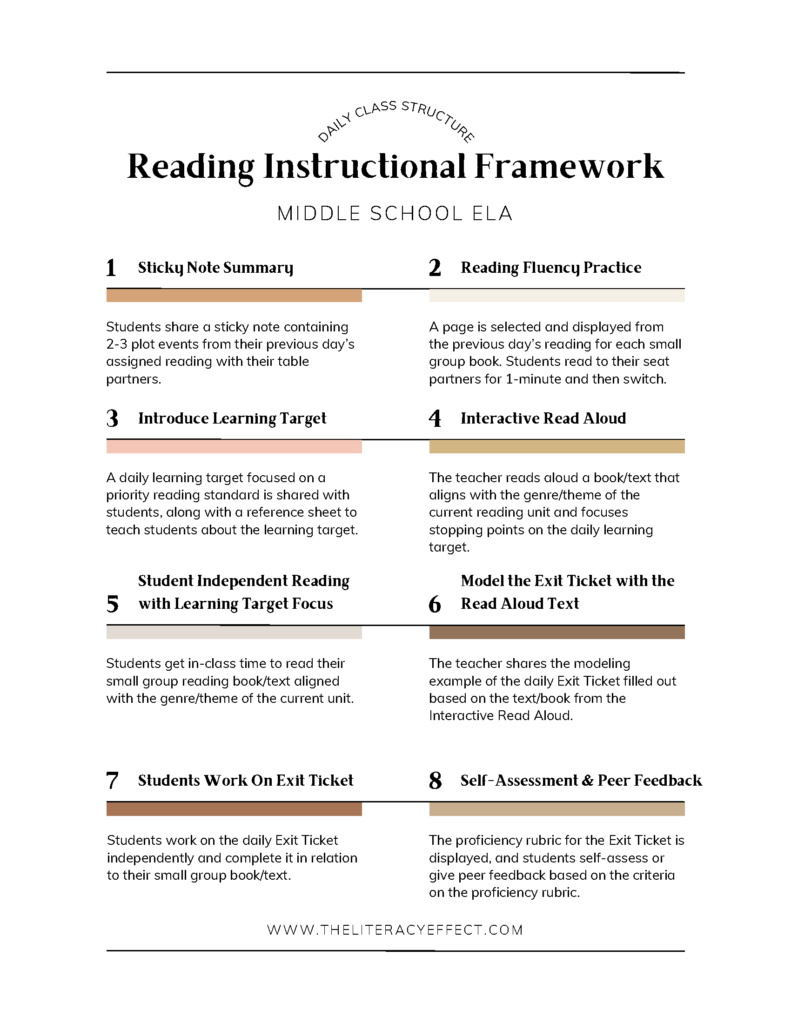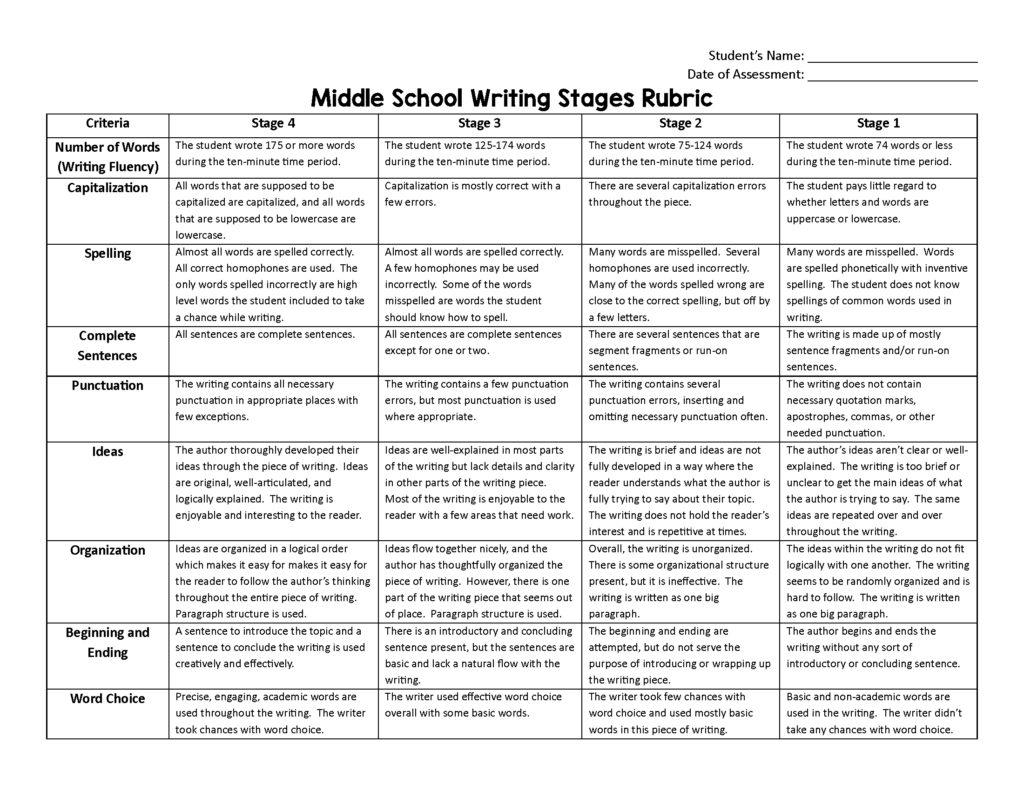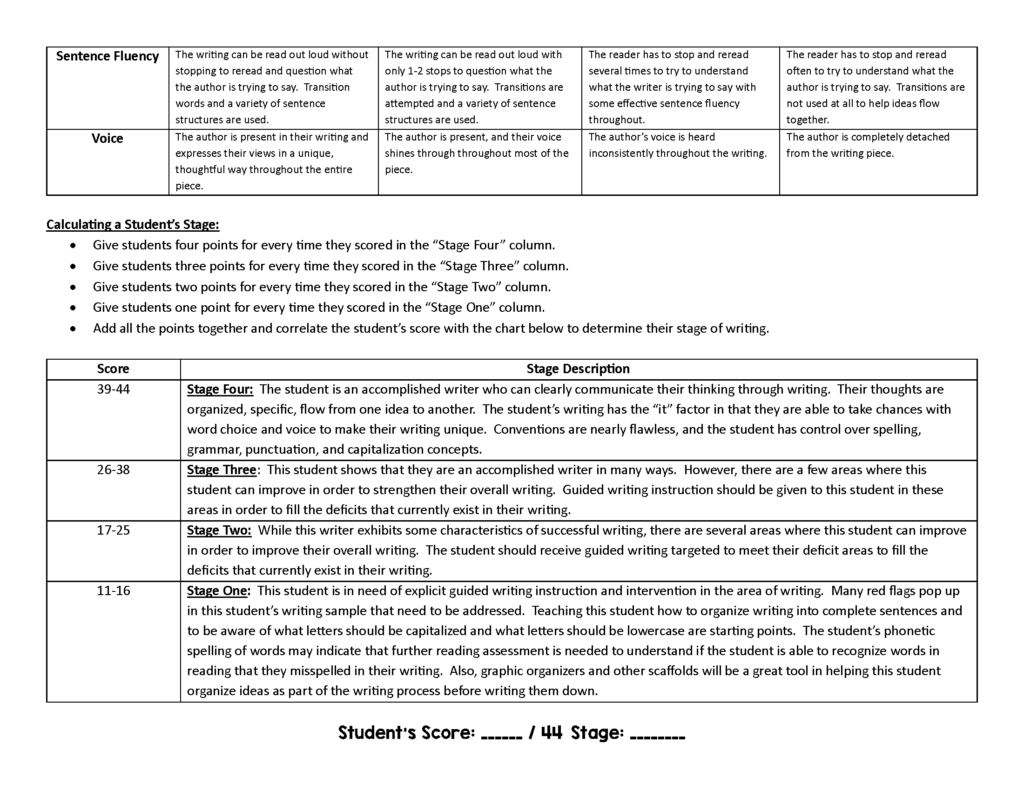Another school year is upon us, and this blog post is dedicated to ELA teachers as we head back for another school year.
- Establish Expectations and Routines as You Go…But GO!
Do you need “special” lesson plans for the first week or two of the school year? I really don’t think so. My advice would be jump into your curriculum and daily routines as soon as physically possible. I have started the school year with a week or two of team building and get-to-know-you activities, and I actually find it quite painful. I hate doing them as a teacher at the beginning of the school year for PD, so why would I think my students would like to do them at the beginning of the school year?
What I have found over the years as I’ve reduced and reduced and reduced “special” lesson plans at the beginning of the school year is that expectations and routines aren’t developed by talking about them, they’re developed by practicing them. I take the first day of school to hand out the syllabus, give a tour of my classroom, introduce myself, and give students a chance to get to know each other, but when day 2 of the school year hits, we are using our instructional framework and starting the first day of our curriculum. I do this because students thrive on routines and clear expectations, and I can’t give that to students if I am doing a new random special activity every day for the first 5 days of the school year. Classroom management becomes a nightmare without daily routines, even the first few days of school.
When I jump into the curriculum using a consistent daily instructional framework, I also have realistic expectations at the beginning of the school year. I know things will take a little longer, and I take the time before each instructional context to review expectations and routines and then circle back around to discuss as a group how we did and how we can get better the next day with those expectations and routines. We might not get our target allotted time for everything, and I have to make some adjustments, but students are learning how ELA works on a daily basis instead of doing filler activities for a week.
These daily schedule signs are a great way to help establish routines and expectations at the beginning of the school year without taking a bunch of time. Pictured below is the reading instructional framework I use each day. You can read more about it in this blog post.

2. Gather Baseline Data That’s Helpful To YOU
Your district probably has at least one assessment you’re required to administer to students at the beginning of the school year, but do you have any baseline assessment data that you use to inform your instruction across the year?
We shouldn’t rely on a single data point, and what often happens is our district’s universal screening tool, which is almost always some sort of computerized assessment, becomes this huge emphasis and source of stress for teachers. If teachers have other assessments to see students’ growth, we can zoom out on the bigger picture and focus more on what students actually need instead of the pressure to see growth on a single assessment.
My favorite sources of data to gather at the beginning of the school year and continue to administer across the school year are:
-Middle School Spelling Stages Assessment: More middle school students than you think have phonological awareness deficits that can be seen through their spelling. Testing their spelling at the beginning of the school year is one quick way to see where students are at with understanding phonics patterns in words. I have one included in my Middle School Student Literacy Profile.
-Writing Sample: It’s great to see where students are at as writers when they begin the year. How do they format their writing? What are their writing conventions like? How do they develop ideas? I have students do a writing sample and use a proficiency rubric (pictured below) to assess where they are at the beginning of the school year by putting them into a writing stage. This tells me so much about what students are going to need during our middle school writing units. A writing sample prompt and the proficiency rubric pictured below is included in my Middle School Student Literacy Profile.


-Sentence Dictation: In this quick assessment, the teacher reads three sentences aloud to students, and they write down what they hear. An assessment sheet comes with this resource that gives points for all types of conventions (spelling, capitalization, punctuation, correct homophone usage, etc.) included in the writing sample. I have this assessment included in my Middle School Literacy Profile.
-Formative & Summative Reading Assessments: I start the school year out with a Realistic Fiction Reading Unit. There is a daily formative assessment in the form of an exit ticket and accompanying proficiency rubric. The end of the unit has a summative assessment. I rely on these assessments to track students’ progress with reading comprehension across the school year.
3. Invest Time in Student Feedback
Giving feedback as a middle school ELA teacher takes a lot of time and effort. I allocate more time for student feedback at the beginning of the school year so that I can set the bar high and establish norms for turning in consistent, quality work. I find students fall into one of the categories below when it comes to their work:
-They give full effort most of the time, and the teacher feedback motivates them to keep up the quality of work and/or gives direction for how to improve that they take seriously and try to apply.
-Students get the work done just to get it done, but it is not the quality of work they’re capable of, so teacher feedback nudges them to put in more effort instead of having the attitude of, “My teacher doesn’t even look at it anyway, so why would I not just get it done in the least amount of time?”
-Students don’t complete their work or even initiate their work. In this case, teacher feedback at the beginning of the year needs to be prompt and consistent. A worst case scenario is letting assignments build up the first few weeks of school and realizing a student hasn’t done anything, and it hasn’t been addressed. When students don’t do their work, and it becomes I trend, I usually start by reaching out to the student before or after class and have a problem-solving conversation with them. If that doesn’t do the trick, I reach out to parents next. Our school also has something called “Power Hour” after school every day with a staff member who gives homework help. I encourage/require students to utilize that as well.
If you want to do better with student feedback this school year but also know that time is a huge obstacle, I highly recommend reading this blog post about giving student feedback without burning yourself out.
4. Choose Your First Reading Unit and Writing Unit Wisely
My last tip for the beginning of the school year is to choose your first units to be able to pull double duty as kicking the curriculum off while also warming students up to ELA without scaring them or burning them out.
I always start out the school year with a Realistic Fiction Reading Unit. This unit works great with novels in verse, so the reading load to start out the school year is manageable and engaging for students. They start out with a win. I also try to select books that are going to lend themselves to establishing community and connections within the classroom.
When we shift into a writing unit after our first reading unit, I like to pick a writing unit that will allow me to get to know students’ personalities and not be super intimidating. I wouldn’t start out the school year with a research paper or an intense essay because I’d rather do something more low-stakes that will simultaneously develop my students’ confidence as writers. My favorite writing units for the beginning of the school year are:
–Memoir Vignettes: I like this narrative writing unit because I can see what is important to my students, and students are very engaged in what they’re writing about.
–Product Review: This persuasive writing unit is a unique type of writing that students have never done, but they’re also familiar with because in our consumer culture, most people read a lot of reviews for technology, restaurants, business, and products before purchasing. Students get to choose whatever product they want to write their review on, and the final writing piece is a little shorter and less intense than other units.
–Quote to Live By: In this writing unit, students choose a favorite quote and write an essay about what the quote means, and how the quote relates to a situation they’ve faced, a book they’ve read/show they’ve watched, and the world today. All the thoughts for this essay come from students’ minds, and you can learn a lot about students based on the quote they select.
I hope there was at least one tidbit of information in this post that will make the start of your school year better. The beginning of the school year dictates how the rest of the school year will go, so making some intentional choices now will have a lasting effect!





